The world is full of mysteries. Some are small and innocuous: a secluded island, a hidden temple, an uncanny painting. But others are just too big to ignore: the identity of the Loch Ness Monster, the location of Atlantis, why we can't talk to dolphins.

Sometimes these mysteries reveal themselves to us as soon as they surface; other times they remain hidden for millennia. One such mystery is that of seven bizarre archaeological finds that have scientists scratching their heads in wonder.
7. Hueyatlaco

In 1959, archaeologists discovered a set of human footprints in a solidified volcanic ash layer in Hueyatlaco, Mexico. These footprints were left by a group of 25 to 30 people and one infant who walked across the ash, which was then covered by a flow from an eruption at a nearby Xitle volcano.
Radiometric dating of the ash indicated that it was deposited 290,000 years ago, approximately the time when early human species were emerging. What makes these prints so mysterious is that such human-like stature had not yet evolved.

Scientists believe that the footprints were left by Homo erectus, an early human ancestor who stood approximately 5' 3" tall with a brain size of 900 cubic centimeters, or less than half the size of modern man.
However, scientists have theorized that Homo erectus could walk upright but not with such balance or coordination as modern man. Exactly how these people walked so elegantly across ash covering has provided much debate for archaeologists.
6. The Pyramids of Giza

The Pyramids of Giza are a UNESCO World Heritage Site and the most visited archaeological site in the world. They have been a source of fascination for many generations, and continue to be so today.
The Great Pyramid (known as Khufu's Pyramid or Cheops' Pyramid to the Egyptians), originally known as "the Pyramid of Cheops" because it is alleged to be built by Khufu who ruled Egypt from 2,496 BC until his death in 2,283 BC, is not the only pyramid at Giza.

The three largest pyramids are surrounded by several smaller pyramids and tombs. Many theories have been proposed throughout the years to explain how the ancient Egyptians were able to build such massive structures and move nearly 20 million stone blocks (from 2.5 to 15 tons each) from quarries 500 miles away using only the technology available to them at that time.

In 2005, a Japanese team of engineers traveled to Egypt with the intent of finding out how these magnificent monuments were built. They concluded that it was impossible for this feat to be accomplished with the tools and technology available during that time period. How did they do it? That is still a mystery.
5. Mehrgarh Cemetery

One of the most mysterious structures found in Mesopotamia is the "Mehrgarh Cemetery" which was found in 1900 and dates from approximately 7,000 BC. Inside this ancient cemetery are 2,500 graves. The grave goods in each grave help date them to a specific time period and specific culture (from 2000-1500 BC).
However, one grave stands out: The Tomb of Sargon II (c. 722-705 BC), the founder of the Akkadian Empire. Most notable in this grave is a seal-like stone containing carved cuneiform symbols and one symbol that has never been seen before: The Seal of Sargon.

It is believed that Sargon II, an Akkadian king, used the Seal of Sargon to ratify his edicts. Most scholars believe the seal was designed by scribes from the time of Assyrian King Ashurbanipal (ruled 668–627 BC). However, there are two dissenting theories:
A) Sargon II used his own seal for all governmental correspondence instead of delegating it to scribes,
And
B) The person who designed this seal was from another culture who did not use cuneiform writing.
4. The Yonaguni Monument

In 2014, workers on Japan’s Yonaguni Island discovered the remains of a huge structure. It is covered in thousands of stone discs and crescent-shaped stones, all of which have a triangular shape. The Yonaguni Monument is thought to be a graveyard for people from Japanese culture from the medieval period.

Some people even think it is the grave of a mythical beast, such as a dinosaur. Some experts believe the site to be a purposeful piece of religious art, while others have suggested it could be part of an ancient burial ground.
3. The Nazca Lines

In the Peruvian desert, an unmapped collection of geoglyphs known as the Nazca Lines were discovered in 1940 by a team of archaeologists. The drawings consist of lines and geometric shapes that are spread over an area of 60 square miles in southern Peru.
The lines are too faint to see without a telescope, and their purpose is still a mystery: some researchers have suggested that they were used for astronomical purposes, others for religious rituals or to announce births or deaths.

What is certain is that they are at least 3,000 years old and very difficult to date. How these people carved out such intricate designs for long periods on this hard terrain without causing erosion has yet to be explained.
2. The Phaistos Disk

The Phaistos Disk is a mysterious artifact that has captivated archaeologists since it was discovered by archaeologists in the island of Crete in 1872. The disk is a few inches in diameter and bears markings and two animals, two snakes, and an eagle. The disk was found in the ruins of the ancient Minoan palace of Phaistos, which dates back to the Middle Bronze Age.
The disk is believed to be a logarithmic measuring device, and archaeologists are not entirely sure why it was there. The only other object of its kind that has been discovered in the ancient Mediterranean is in Egypt, and it is on display at the Egyptian Museum in Cairo.
Archaeologists claim that the disk was used to perform computations or maybe a tool to convert and measure different quantities.
1. Pompeii
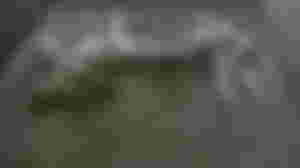
Famous for its eruption in 79 AD, the eruption of Mount Vesuvius buried the port city of Pompeii under ash and lava. Decades later the mummified bodies of citizens from this earthquake and eruption were found underneath. These people are known as "The Pompeian Dead" and are depicted in portraits throughout history, particularly on Roman coins.
Many different theories have been proposed to explain how these people lived so long after death. Some people say it was a short spell from Hades which would still leave them frozen in time but with their eyes open (like a painting).

One study determined the temperatures of the volcano and the surrounding atmosphere at the time of eruption and suggested that there was a major explosion under Vesuvius before the lava flows were observed. Pompeii was hit by a blast wave that could have killed people instantly or caused serious internal injuries, which would have been lethal later if no medical assistance was available.
Using evidence from skeletal remains found in Pompeii, it is possible to estimate their age and cause of death. It appears that most of them died from thermal shock (from inhaling hot gas), and not carbon monoxide poisoning from breathing in volcanic fumes. To this day Pompeii is still a mystery because some bodies remained frozen for decades while others decomposed rapidly over days or weeks.
Bonus Mystery: The Voynich Manuscript

Wikimedia Commons The Voynich Manuscript, the world's most mysterious work of non-fiction, is a 1400-page manuscript written by an unknown author. The documents is handwritten, using an elaborate style of plant-based, symbolic characters, and have been speculated to be a language.

One scientist believes the work could have been created by a robotic or alien source. But for what purpose? And if it wasn't created by aliens, what exactly does it mean?
My Verdict

A mystery awaits us wherever we look. From the origins of our planet to the enigma of our universe to the undiscovered animals living in remote corners of our planet, there is always something that scientists cannot explain.

If we acknowledge that there will always be unanswered questions in life, then perhaps we can live a more peaceful and fulfilling existence. With the knowledge that some truths will always remain a mystery, we can continue to appreciate and celebrate life.
Thanks for reading.. Cheers!!
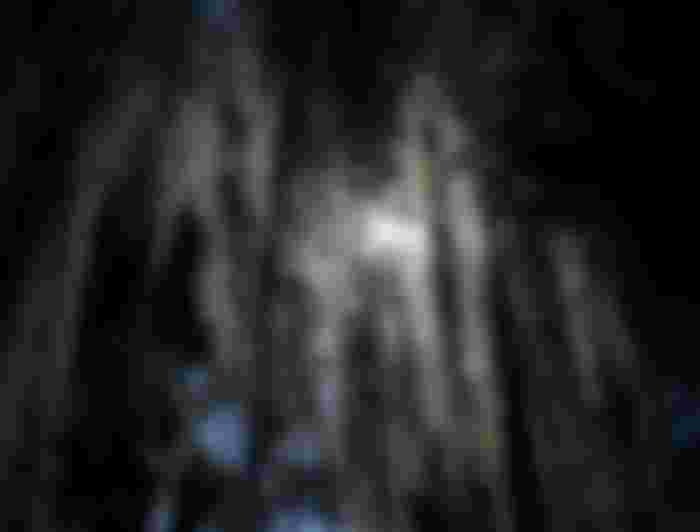

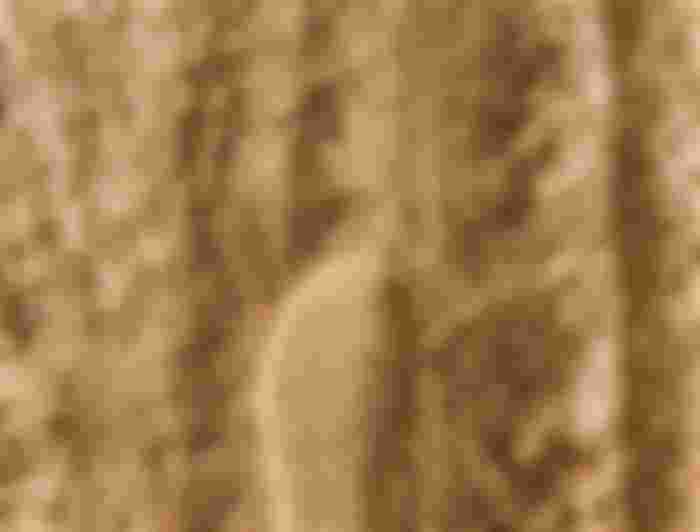

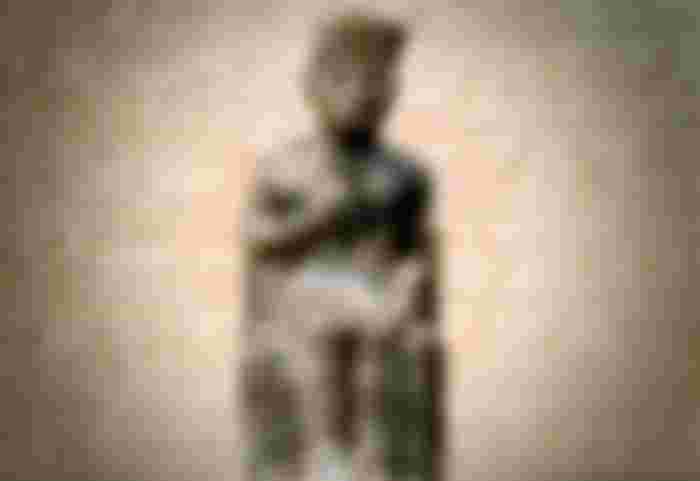
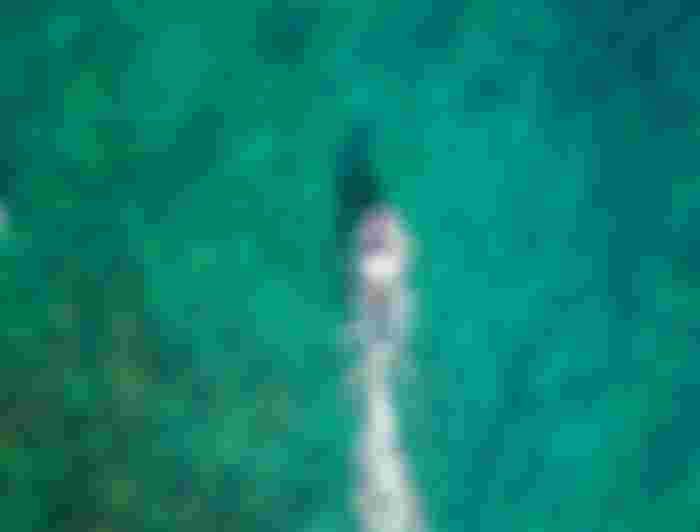







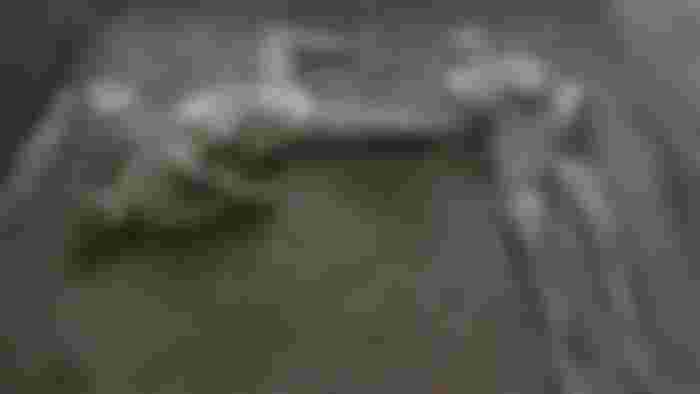

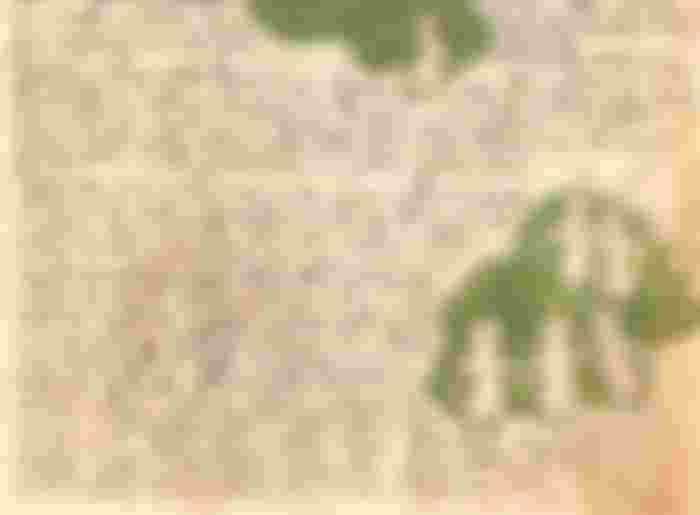



Saving this article for sure! There are a few mysteries here I've never heard of. I definitely would like to visit the Yonaguni monument.
Logic tells me that the Voynich Manuscript is probably a bit of creative writing, like an old, elaborate JRR Tolkien. I do wish it was a relic of an alien visitation, though!